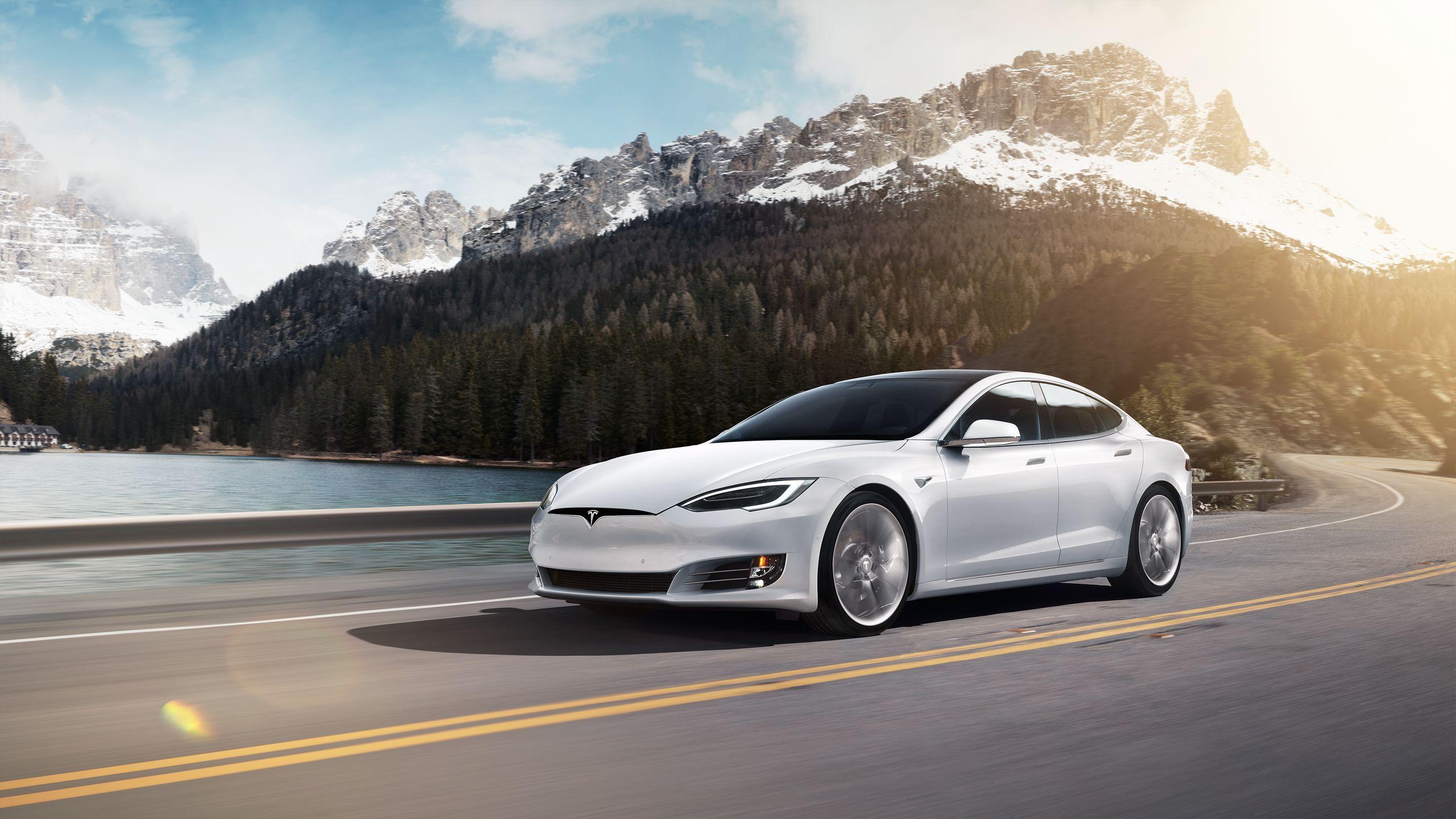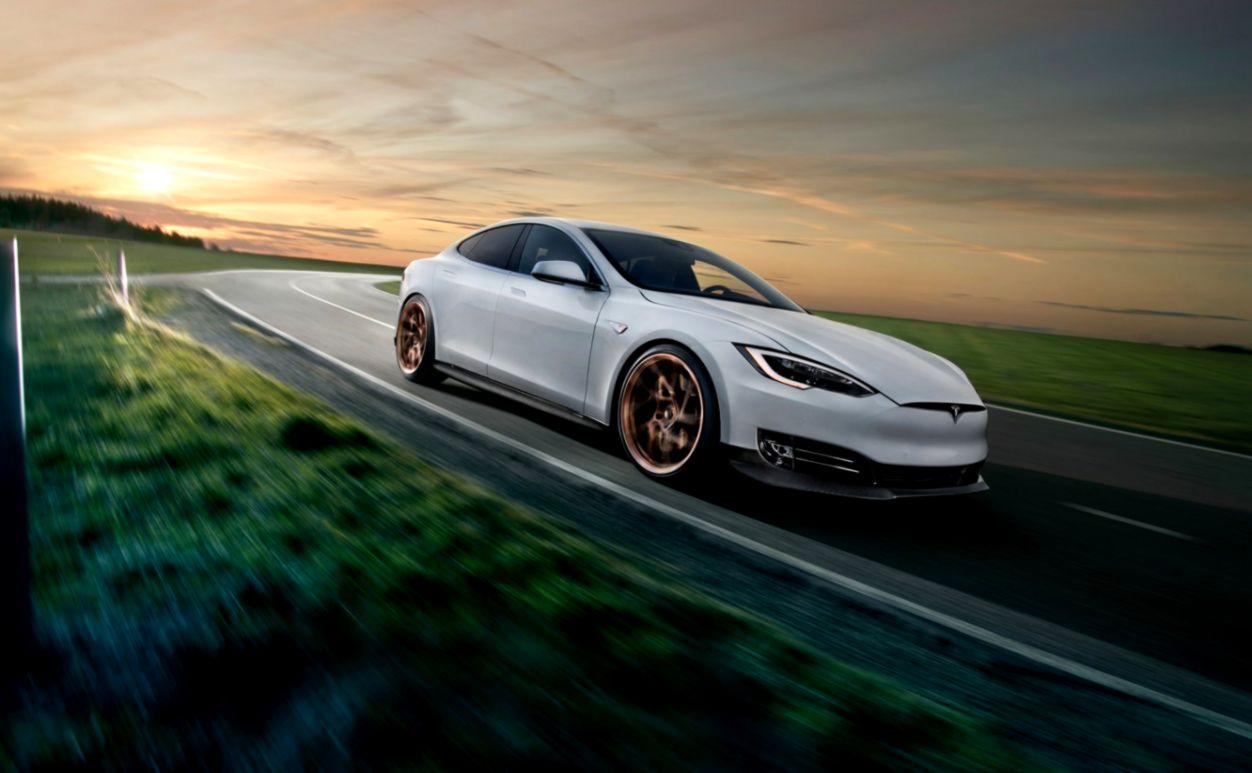
AUTONOMOUS CAR
Friday, December 6, 2019


AUTONOMOUS CAR
Self-driving cars have become a popular subject of discussion these days, and for good reason: driverless cars might just bring about the biggest societal revolution since, well, the industrial revolution, and it appears that everyone’s getting in on it.
From rumors of the Apple self-driving car to real-world, driverless car applications from companies like Lyft and Uber, autonomous vehicles are poised to become a staple in our automotive industry in just a few short years.
What’s driving this interest in self-driving vehicles?
Driverless cars stand to solve all sorts of problems, like traffic delays and traffic collisions caused by driver error, but it doesn’t stop there: autonomous vehicles will bring to market all sorts of new and exciting applications for a variety of industries, like shipping, transportation, and emergency transportation.

There’s a lot to learn about driverless cars and how they will change the automotive landscape in the future, which is why we’ve put together this article that covers everything you need to know about how self-driving cars work and what benefits they could provide to us.
Level 0: The automated system has no control over the vehicle, but may prompt the driver of hazards
Level 1: The driver and the automated system share control of the vehicle. Examples of this can be found in most cars equipped with ADAS
Level 2: The automated system is capable of taking full control of the vehicle; however, the driver must be ready to intervene if the system fails to recognize a potential hazard
Level 3: The Automated system takes full control of the vehicle and the passenger can safely take their attention away from driving tasks; however, they must still be able to intervene
Level 4: Driver can safely divert all attention away from driving tasks and let the automated system take full control. This functionality is currently limited to specific “geofenced” areas and other relatively controlled environments1
Level 5: No human intervention is required
Accepting Autonomy
While the prospect of a car driving itself around town might seem downright terrifying, we have to keep in mind that our world is already filled with numerous automated systems that make our lives easier, safer, and more enjoyable.
For example, Amazon, the largest and one of the most beloved online retailers in the U.S, currently utilizes more than 100,000 robotic systems in their shipping operations, many of which are completely autonomous.2,3,4
Also, we have to remember, that, whenever we get on an airplane, the majority of the flight is in the hands of the plane’s autopilot system so that the pilots can focus on other important activities such as navigation, system monitoring, and communication.5
Therefore, we have to look at self-driving cars as just another automated system that, over time, will provide us with all sorts of benefits, many of which are still to be discovered.
For example, Amazon, the largest and one of the most beloved online retailers in the U.S, currently utilizes more than 100,000 robotic systems in their shipping operations, many of which are completely autonomous.2,3,4
Also, we have to remember, that, whenever we get on an airplane, the majority of the flight is in the hands of the plane’s autopilot system so that the pilots can focus on other important activities such as navigation, system monitoring, and communication.5
Therefore, we have to look at self-driving cars as just another automated system that, over time, will provide us with all sorts of benefits, many of which are still to be discovered.
Self-driving vehicles employ a wide range of technologies like radar, cameras, ultrasound, and radio antennas to navigate safely on our roads.
In modern autonomous vehicles, these technologies are used in conjunction with one another, as each one provides a layer of autonomy that helps make the entire system more reliable and robust.
For example, Tesla’s driverless car technology, known as “Autopilot”, uses eight cameras to provide 360-degree visibility, while twelve ultrasonic sensors and a front-facing radar work to analyze the vehicle’s surroundings for potential hazards.
In modern autonomous vehicles, these technologies are used in conjunction with one another, as each one provides a layer of autonomy that helps make the entire system more reliable and robust.
For example, Tesla’s driverless car technology, known as “Autopilot”, uses eight cameras to provide 360-degree visibility, while twelve ultrasonic sensors and a front-facing radar work to analyze the vehicle’s surroundings for potential hazards.

However, one key component still in development that will ultimately make autonomous cars more reliable is the implementation of 5G cellular networks.
Like the 4G LTE connections we’re accustomed to on our smartphones, 5G is a type of mobile broadband that allows for the wireless transfer of data from one device to another, only at a much, much faster rate.
How fast is 5G?
At peak throughput, 5G promises to be close to 1,000% faster than 4G LTE, which will make connection woes such as high latency and long response times a thing of the past.
Equipped on autonomous cars, 5G networks will allow for seamless communication from one car to another, but it doesn’t stop there.
DRAWBACK
- The price of the self-driving cars- Self-driving cars would probably cost more than $100,000. Many ordinary people cannot afford them to buy such kind of cars.
- The possibility of even worst crashes- As is known self-driving vehicles are leading by computer devices. Even a minor computer malfunction, may cause even worse crashes than the crashes occurring because of human error.
- No one is guilty– If the car without driver crashes, who will be guilty? Who should compensate for the damage?
- Privacy concerns – driverless cars would function using your place as well as user information by creating major privacy issues.
- Security worries – the other disadvantage of driverless cars is the factor of hackers. Hackers may get into the car’s software and affect or control its operation. This is a big security concern.
- Problems related to weather– Here are weather-related concerns: heavy rain interferes with roof-mounted laser sensors. In its turn snow can interfere with its cameras. It is really challenging for a robot to read human road signs.
- Reduction of driving experience – Since drivers become used not to driving, their experience and proficiency will reduce. And if they will need to drive under certain conditions, many problems may arise.
- Change of Road System -The road system should be changed in order to be adjusted to new driverless vehicles. For example, traffic and street lights should be altered.
- The threat of terrorists – terrorists will use self-driving cars to load them with explosives and used as moving bombs.
- The difficulty of understanding human behavior– human behavior such as hand signals are really difficult for the computer to understand.
